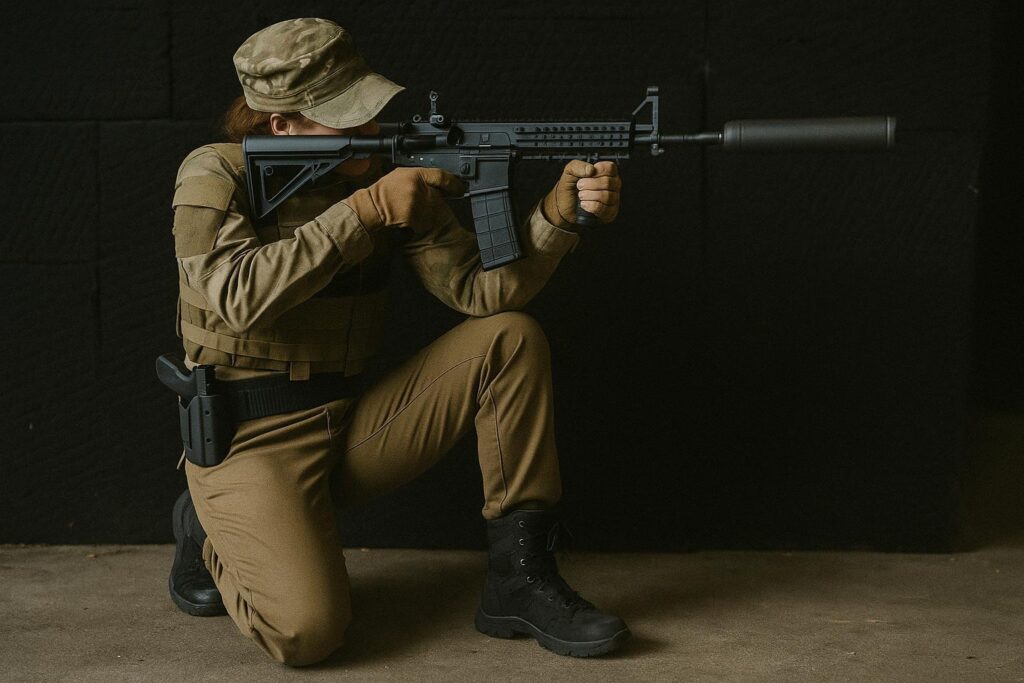Turkish Rifles Surface in South Sudan
The latest United Nations Panel of Experts report has traced freshly manufactured Turkish rifles to militias operating in South Sudan, despite a 2018 arms embargo maintained by the Security Council (UN Panel of Experts report).
Among the seized weapons were BRG Savunma’s BRG-55 and HUSAN Arms’ MKA-556 rifles, both designed in Turkey and recovered from non-state combatants. Investigators also noted UTAS Defense carbines circulating among armed actors.
Pathways Past the Embargo
UN specialists concluded that the arms were unlikely to come from aging stockpiles; instead, they seemed to enter South Sudan through clandestine routes that skirt official checkpoints and monitoring mechanisms.
Gaps in Turkish Export Screens
Turkish legislation requires licenses from the Armed Forces, the Presidency of Defense Industry and the Foreign Ministry before any overseas sale. The panel argued that “recently produced rifles in a sanctioned zone reveal weaknesses in post-shipment controls.”
Experts note that export permits may have been issued for legitimate buyers in third countries, only for consignments to be re-routed toward conflict zones without the knowledge of Turkish regulators.
Impact on Civilians and Peace Process
The spread of the automatic rifles has emboldened militias accused of forced displacement and attacks on civilians, undermining fragile power-sharing arrangements painstakingly negotiated since 2018.
According to the panel, continued inflows of external weaponry risk pushing South Sudan “back to full-scale war” if regional and international actors fail to tighten compliance.
Regional Stakeholders Urged to Act
Investigators encouraged Turkey and other exporting states to reinforce end-user certificates, trace serial numbers promptly and share data with customs networks. Without decisive coordination, the report warned, violence will likely escalate as new shipments evade embargo barriers.
For many observers, the South Sudan file now tests the credibility of global arms control regimes at a moment when African stability remains high on the continental agenda.


